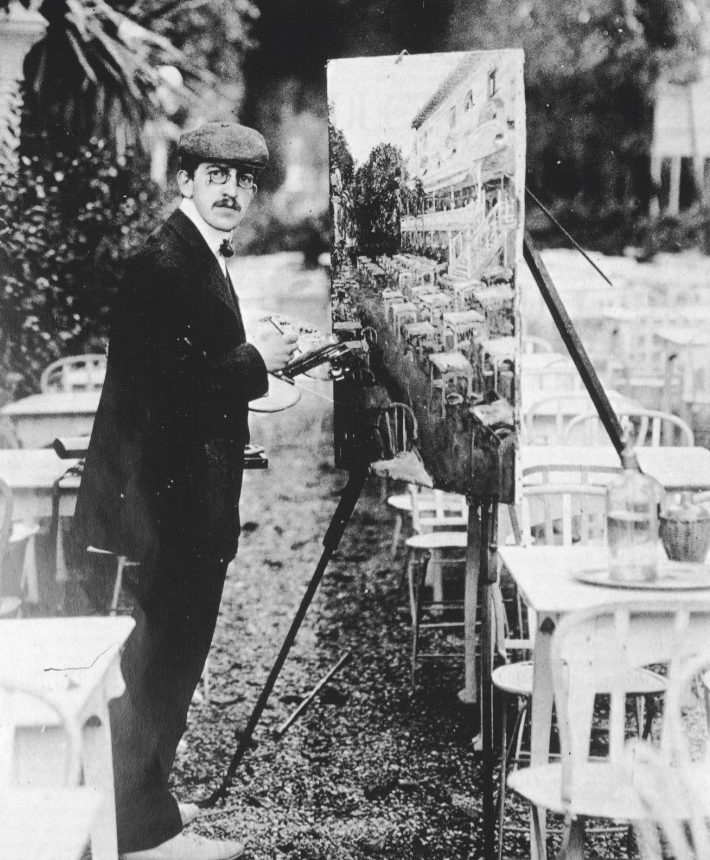Andre BLONDEL
Январь 2, 2019Boris BORVINE FRENKEL
Январь 2, 2019альтер БОНДИ
УДАПЕШТ 1883 – ТУЛОН (ФРАНЦИЯ) 1940
Вальтер Бонди вырос в семье промышленников в Будапеште. В 1902–1903 годах учился в академиях Вены, Берлина и в Мюнхенской академии Холоси, где познакомился с Паскиным. В 1903 году приехал в Париж. Часто общался с завсегдатаями кафе Le Dôme. Рудольф Леви познакомил его с немецкими художниками в Париже. В течение следующих десяти лет Бонди жил на Монпарнасе, а лето проводил на юге Франции. В 1913 году Вальтер Бонди приехал в Берлин и участвовал в первых выставках галереи Альфреда Флехтхейма в Дюссельдорфе.
В 1927 году в Мюнхене основал свой журнал об искусстве Kunstauktion. В этот период он начал создавать собственную кол- лекцию. В 1931 году, скрываясь от антисемитизма, перебрался в Швейцарию. Посетил Лазурный берег, переехал жить в Санари, прежде чем отправиться в Вену, а потом в Прагу в 30-х годах. В 1937 году обосновался в Тулоне. Во время войны ему удалось бежать из лагеря де Миль. Бонди умер от диабета в сентябре 1940 года.
Stories of Jewish Artists of the School of Paris 1905-1939
FRENCH-ENGLISH
Capitale des arts, le Paris des années 1905-1939 attire les artistes du monde entier. De cette période de foisonnement, un terme est resté, celui d'Ecole de Paris, qui recouvre une grande diversité d'expression artistique. Dans ce brassage dont Montparnasse est le creuset, un groupe se distingue : celui des artistes juifs venus de Russie, de Pologne et d'Europe centrale. Si leurs styles sont variés, un destin commun les rassemble : ils fuient l'antisémitisme de leur pays d'origine. Certains ont connu la célébrité dès les années 1920, tels Soutine, Lipchitz ou Chagall. D'autres n'ont pas eu le temps ou la chance d'y accéder. Près de la moitié a péri dans les camps de concentration nazis.
From 1905 to 1939, Paris attracted artists from all over the globe as the capital of the art world. This period of artistic proliferation became known as the School of Paris, and includes a great diversity of artistic expression. Within the teeming art world centred on Montparnasse, one group set itself apart: Jewish artists from Russia, Poland, and Central Europe. Although their styles were diverse, they shared the common fate of fleeing anti-Semitic persecutions in their home countries. Some became famous in the 1920s, such as Soutine, Lipchitz, and Chagall, while others did not have the time or the luck to gain renown. Nearly half of these artists died in Nazi concentration camps.





